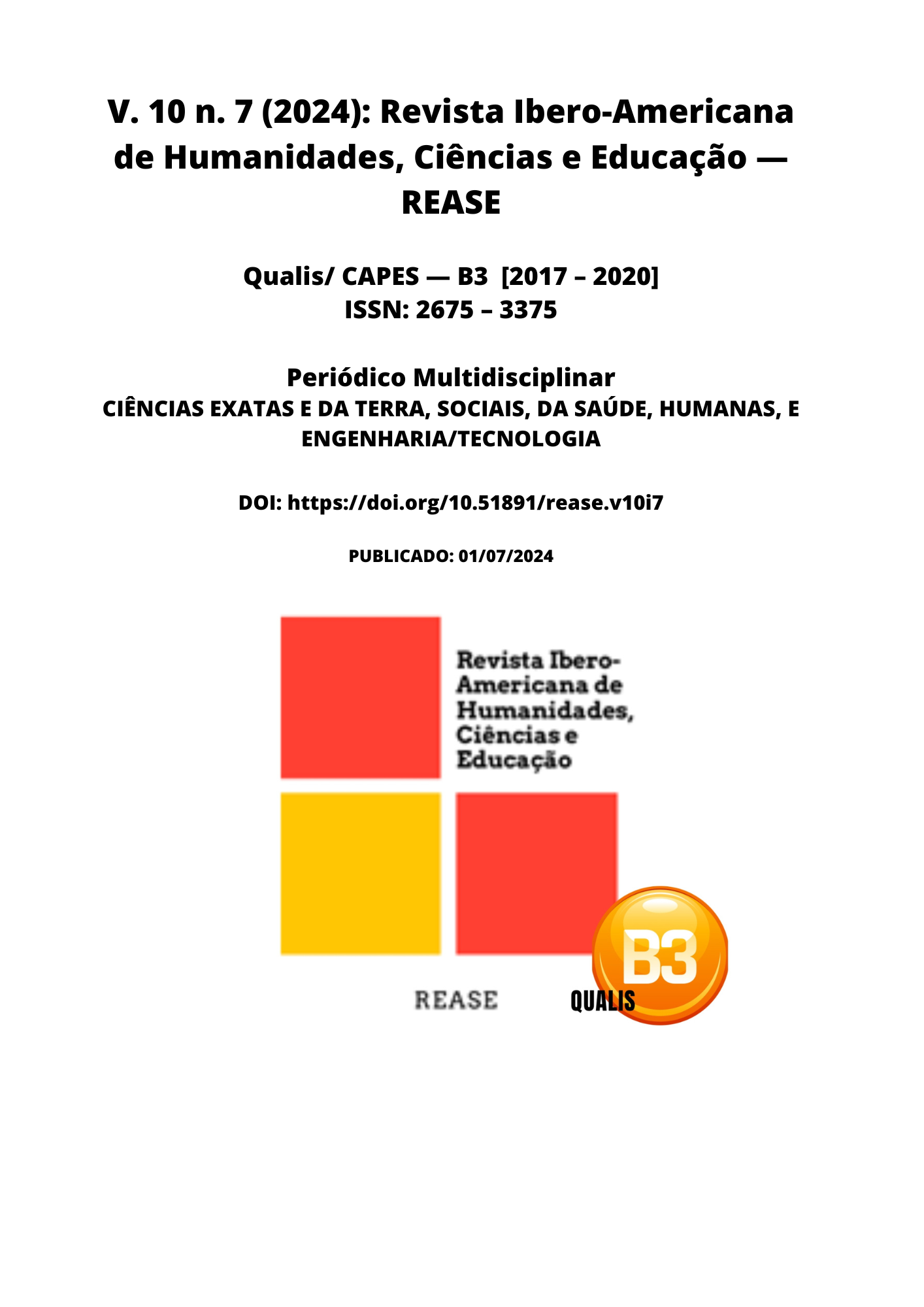POST-STROKE RECOVERY: IMPACT OF PHYSICAL THERAPY ON CVD WITH SUSPECTED PUSHER SYNDROME
DOI:
https://doi.org/10.51891/rease.v10i7.14816Keywords:
Physical Therapy. Cerebrovascular Diseases. Pusher Syndrome.Abstract
Cerebrovascular diseases (CVD) are among the leading causes of death and disability globally, affecting millions of people annually, many of whom suffer significant physical and cognitive sequelae following a stroke. Pusher Syndrome, a specific postural control disorder observed after brain injuries, leads to substantial difficulties in patients' balance and postural control, negatively impacting their independence and daily activities. The objective of this case study is to report the rehabilitation experience of a patient suspected of Pusher Syndrome, highlighting the therapeutic strategies employed and the outcomes achieved. Methodology: Clinical case report, approved by the ethics committee, CEP/CAAE: 51045021.2.0000.8044. Conducted with the patient's consent, who signed the INFORMED CONSENT FORM allowing the use of data for the case report description. Results and discussion: The integration of primary care with personalized physiotherapeutic interventions significantly improved the quality of life of this patient. Resisted exercises were particularly effective in recovering muscle strength and balance, essential for restoring functionality and independence. Conclusion: Personalized active resisted physiotherapy proved capable of enhancing the quality of life of the post-stroke patient evaluated with Pusher Syndrome, facilitating the restoration of gait function and promoting significant gains in range of motion, muscle strength, trophism, sensorimotor function, and stability. These results validate the effectiveness of physiotherapy in optimizing functional recovery, aiming for greater independence within the limitations imposed by the pathology, emphasizing the importance of continuous and specialized care for successful rehabilitation of these conditions.
Downloads
Downloads
Published
How to Cite
Issue
Section
Categories
License
Atribuição CC BY

